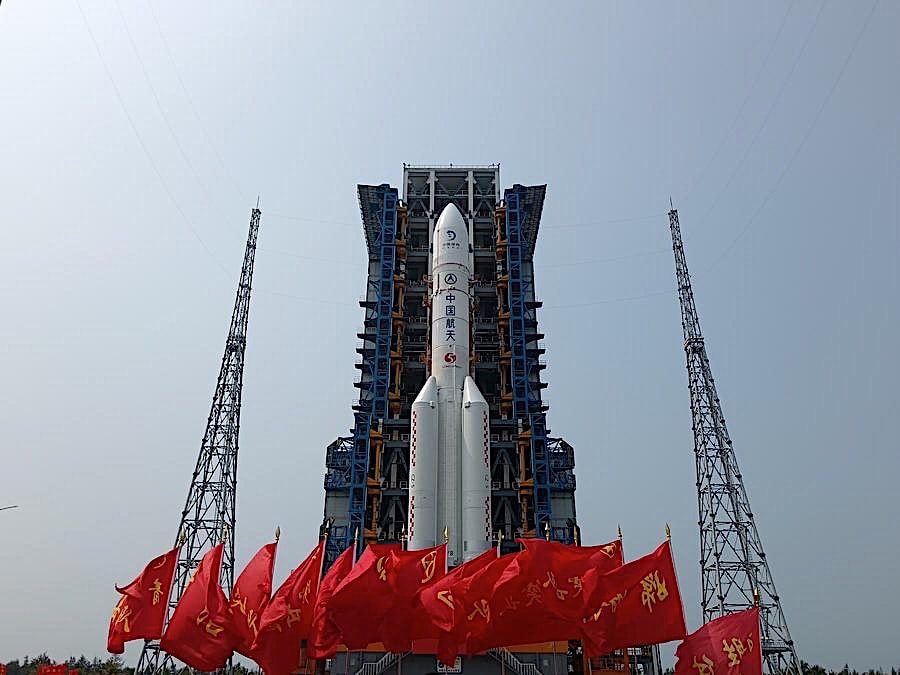China’s space program reached a new milestone with the successful return of the Chang’e-6 mission.
This ambitious project, following on the heels of previous triumphs, marks a significant leap in lunar exploration.
Chang’e-4, in 2019, became the first spacecraft to achieve a soft landing on the far side of the Moon. A year later, Chang’e-5 returned with lunar samples from the near side.
Building on these achievements, Chang’e-6 ventured into previously untouched territory, collecting and returning the first-ever samples from the permanently shadowed region of the Moon.
A Chinese lunar mission has returned with a bounty from the Moon’s uncharted backside. These never-before-seen samples hold the promise of unlocking the solar system’s ancient past.

Scientists believe they might be a perfectly preserved record of the Moon’s formation, offering a look into conditions billions of years ago. This mission isn’t just about lunar history it could provide valuable clues about Earth’s formation as well.
But the Moon’s far side holds more than just historical secrets. Its heavily cratered surface may be rich in resources, potentially providing the key to sustaining future lunar outposts.
While China will get the first crack at analyzing the samples, the global scientific community eagerly awaits their turn, hoping to decipher the mysteries they hold.
This lunar success marks a new chapter in space exploration, potentially sparking a renewed race for the Moon as nations strive for a permanent foothold on our celestial neighbor.

